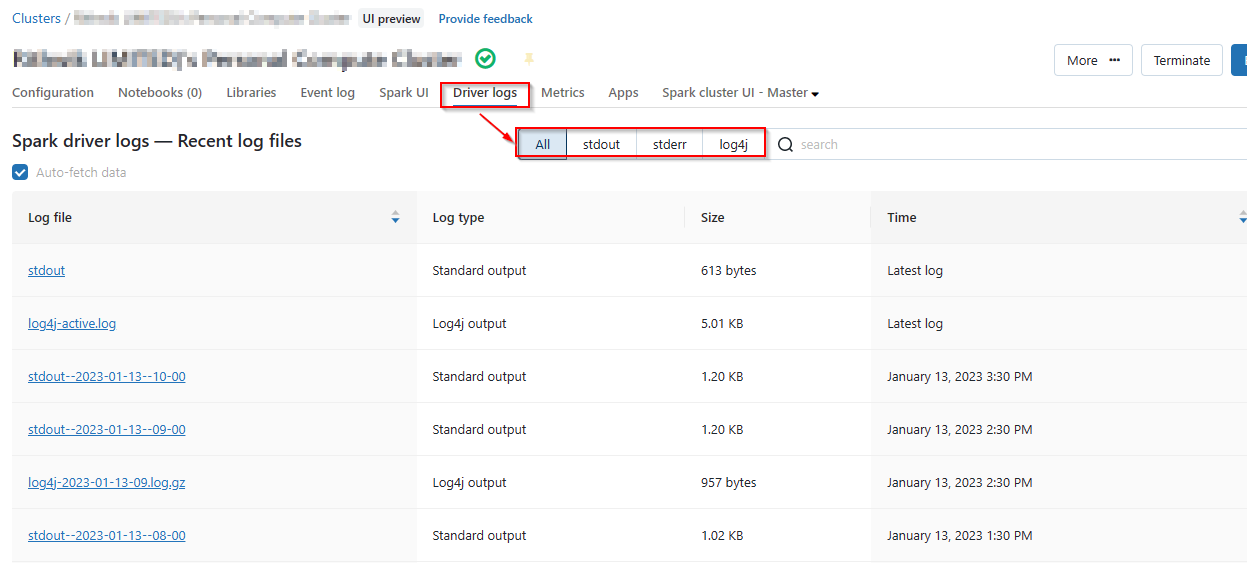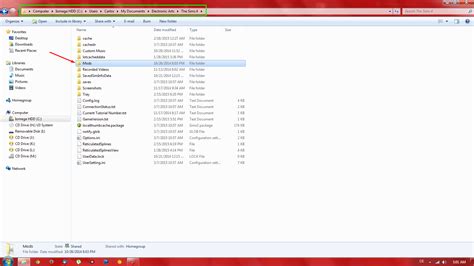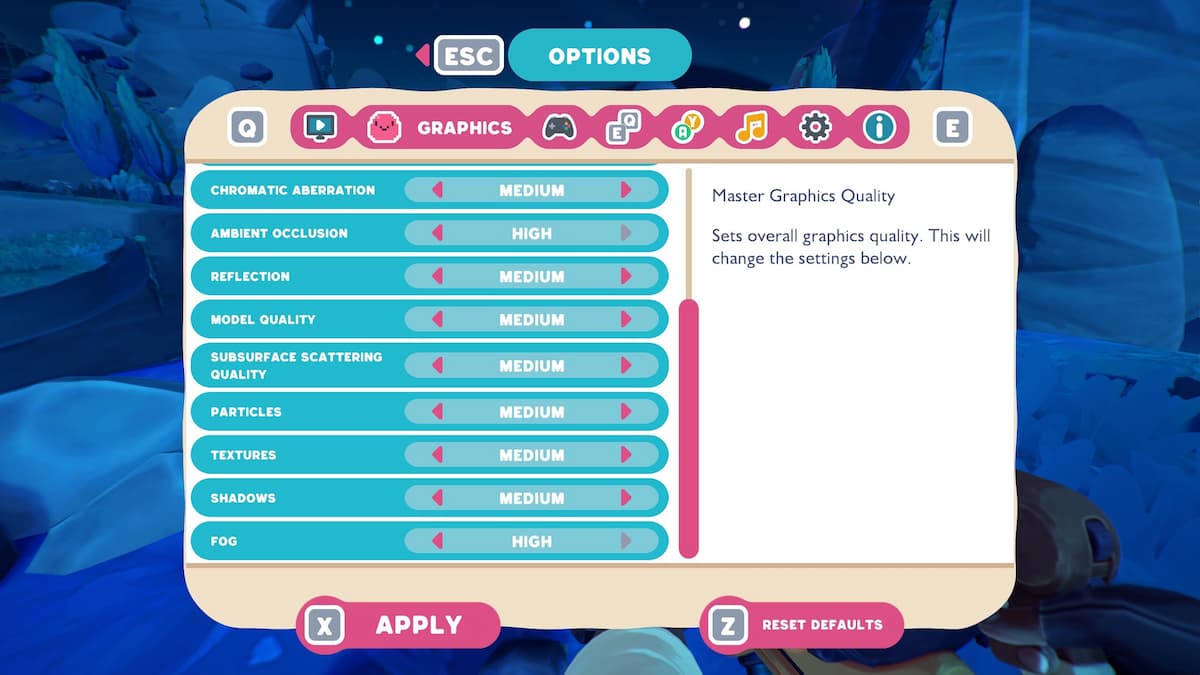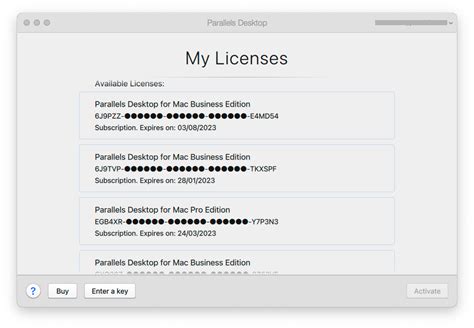Mastering the Art of Threading on Twitter
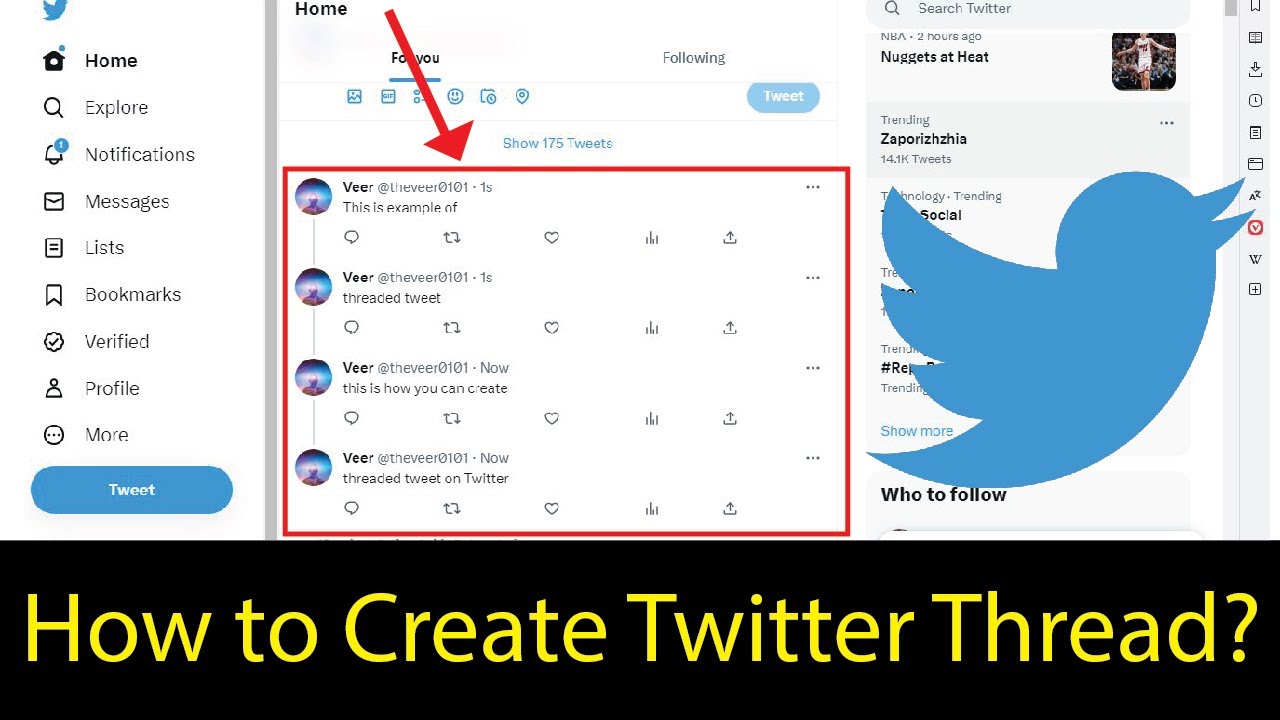
In the vast digital landscape of social media, Twitter stands out as a unique platform, renowned for its real-time conversations and concise, yet powerful, interactions. Among the various strategies employed by users and brands alike, "Threading" has emerged as a powerful tool to convey complex ideas, tell engaging stories, and drive meaningful engagement. This article aims to delve deep into the art of threading, exploring its nuances, best practices, and its impact on the Twitterverse.
Unraveling the Thread: A Definition
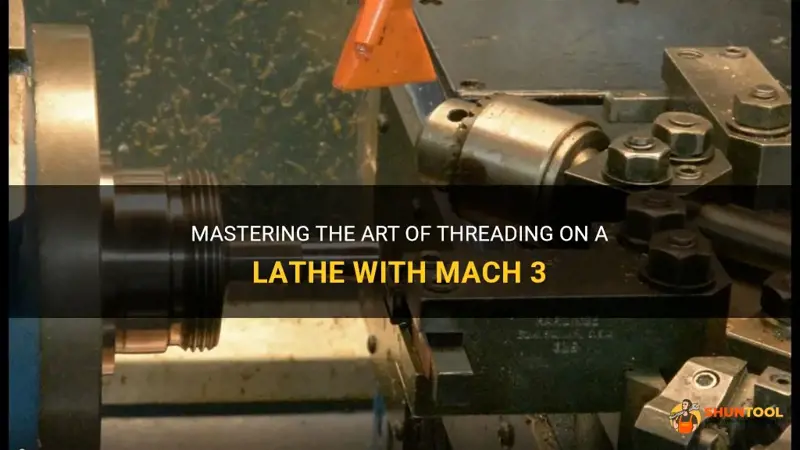
Threading on Twitter is essentially the act of crafting a narrative or presenting information across a series of connected tweets. It allows users to expand their thoughts beyond the 280-character limit, creating a structured and coherent discourse. Think of it as weaving a tapestry of ideas, where each tweet represents a thread in the fabric, contributing to the overall design and meaning.
The Anatomy of a Thread
A well-crafted thread typically follows a logical sequence, often employing a combination of text, images, videos, and even polls to enhance the narrative. Here’s a breakdown of its key components:
- Introduction: Much like a well-written essay, a thread begins with an introduction that sets the context and captures the reader’s attention.
- Body: This is the meat of the thread, where the narrative unfolds. Each tweet builds upon the previous one, creating a seamless flow of information.
- Visual Elements: Incorporating visuals can enhance the impact of the thread. This could include relevant images, infographics, or even short video clips.
- Engagement Tactics: Threads often encourage interaction by including questions, polls, or interactive elements to spark conversations.
- Conclusion: Just as an introduction is crucial, a thread should conclude with a strong closing tweet that wraps up the narrative and leaves a lasting impression.
The Power of Threading: Benefits and Applications

Threading on Twitter is more than just a creative way to express oneself; it offers a range of benefits and applications that make it a valuable tool in the social media arsenal.
Storytelling and Brand Building
For brands and businesses, threading provides an opportunity to craft compelling stories that resonate with their audience. Whether it’s sharing a company’s journey, highlighting a new product, or addressing a social cause, threading allows for a deeper level of engagement and connection with followers.
Take, for instance, the case of BrandX, a sustainable fashion label. Through a well-executed thread, they shared the story of their latest collection, from the inspiration behind the designs to the ethical production process. The thread included stunning visuals, behind-the-scenes footage, and even a poll asking followers for their favorite piece. This not only showcased their brand values but also created a sense of community and engagement.
Educational and Informative Content
Threading is an excellent format for educational content, allowing complex topics to be broken down into digestible chunks. From explaining scientific concepts to providing step-by-step guides, threads offer a structured approach to learning.
Consider the example of Dr. Y, a renowned physicist, who used threading to explain the intricacies of quantum mechanics. Each tweet built upon the last, simplifying a complex theory into an engaging narrative. By using simple language, relatable analogies, and interactive elements, Dr. Y made quantum mechanics accessible to a wider audience.
Building Thought Leadership
For individuals and influencers, threading can be a powerful tool to establish thought leadership in their respective fields. By sharing in-depth insights, personal experiences, or industry trends, they can position themselves as experts and build a loyal following.
Imagine an influencer in the tech space, TechGuru, who regularly threads about the latest advancements in AI. Through their threads, they offer deep dives into emerging technologies, share their unique perspectives, and engage with other experts in the field. Over time, TechGuru becomes a trusted source of information and a go-to account for all things AI-related.
Mastering the Art: Tips and Techniques
Threading, while a powerful tool, requires careful planning and execution to ensure maximum impact. Here are some tips and techniques to elevate your threading game:
Plan Your Narrative
Before crafting your thread, have a clear idea of the narrative you want to convey. Outline the key points, the flow of information, and the visual elements you plan to use. A well-planned thread ensures a coherent and engaging experience for your audience.
Use Visuals Strategically
Visuals can enhance the impact of your thread. Use images, GIFs, or videos to illustrate your points, add humor, or provide a break in the text-heavy narrative. However, ensure that your visuals are relevant and enhance the overall message, rather than distracting from it.
Engage with Your Audience
Threading is not a one-way street. Encourage interaction by asking questions, sharing polls, or inviting your audience to share their thoughts. This not only makes your thread more dynamic but also helps build a community around your content.
Keep it Concise and Cohesive
While threading allows you to expand beyond the character limit, it doesn’t mean you should ramble. Keep your tweets concise and to the point. Each tweet should contribute to the overall narrative, ensuring a cohesive and easy-to-follow thread.
Use Threading Apps or Tools
To make your threading experience smoother, consider using dedicated apps or tools. These can help you plan, schedule, and even automate your threads, ensuring a seamless flow of content.
Threading on Twitter: A Case Study
To illustrate the impact and potential of threading, let’s delve into a real-world case study. Meet StorytellerZ, a Twitter account dedicated to sharing inspiring stories and motivational content.
In a recent thread, StorytellerZ shared the journey of an aspiring entrepreneur, Emma, who faced numerous challenges on her path to success. The thread began with an introduction to Emma's story, highlighting her passion and determination. Each subsequent tweet delved into a different aspect of her journey, from the initial idea to the hurdles she faced and the lessons she learned.
What made this thread stand out was the use of engaging visuals. Each tweet was accompanied by a carefully curated image that brought Emma's story to life. From a screenshot of her business plan to a photo of her celebrating a major milestone, the visuals added an emotional depth to the narrative.
Additionally, StorytellerZ incorporated interactive elements, asking followers to share their thoughts and experiences. This not only encouraged engagement but also created a sense of community, with followers sharing their own stories of perseverance and success.
The impact of this thread was remarkable. It garnered thousands of likes, retweets, and comments, with many followers expressing their appreciation for the inspiring story. The thread not only showcased the power of threading but also demonstrated how a well-crafted narrative can resonate with a wide audience.
The Future of Threading: Trends and Predictions
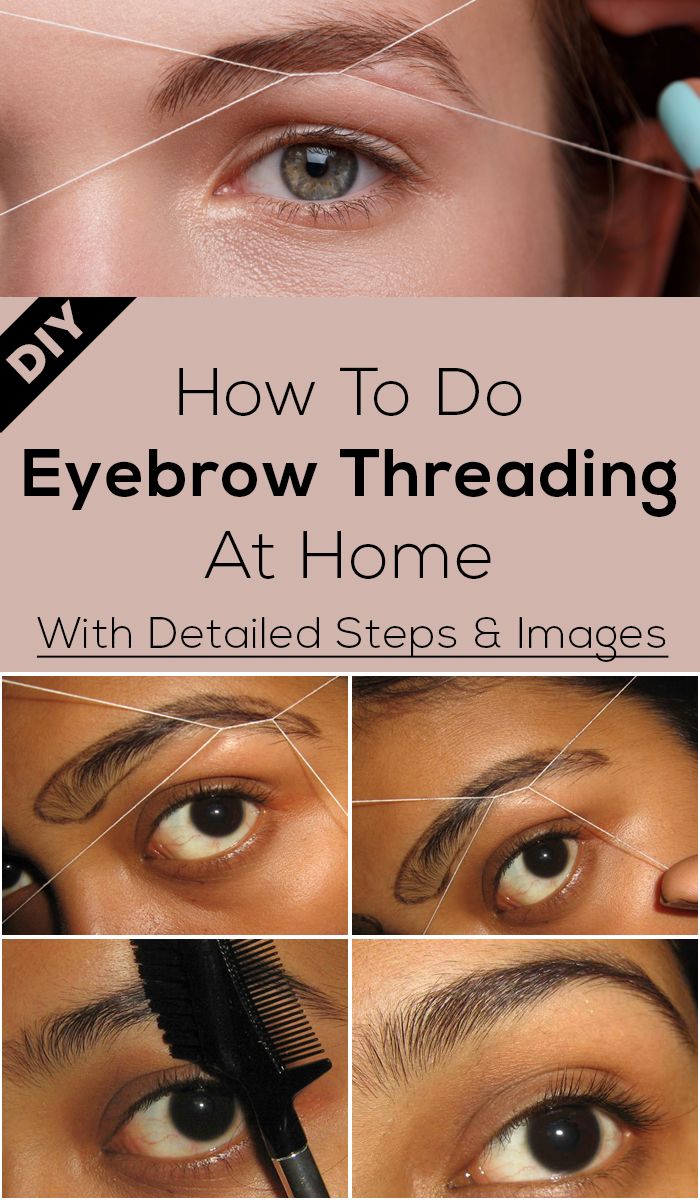
As Twitter continues to evolve, so too does the art of threading. Here are some trends and predictions for the future of threading on the platform:
Interactive Threads
With Twitter’s focus on interactivity, we can expect to see more threads that incorporate polls, quizzes, and other interactive elements. These threads will not only engage users but also provide valuable insights and feedback for brands and creators.
Visual-Centric Threads
Visuals have always played a crucial role in threading, but we predict an even greater emphasis on visual content. This could include more video threads, interactive graphics, and even augmented reality elements, enhancing the immersive experience for users.
AI-Assisted Threading
As AI technology advances, we may see the development of AI-assisted threading tools. These tools could help users plan, structure, and even generate content for their threads, making the process more efficient and accessible.
Community-Driven Threads
Twitter has always been a platform for community building, and threading can play a significant role in fostering these communities. We predict an increase in threads that are community-driven, where users collaborate to create content, share experiences, and build a sense of belonging.
Conclusion: Elevating Your Twitter Game
Threading on Twitter is not just a trend; it’s a powerful strategy that allows users and brands to convey complex ideas, tell compelling stories, and engage with their audience in a meaningful way. By mastering the art of threading, you can elevate your Twitter game, build a dedicated following, and make a lasting impact on the platform.
How long should a thread be?
+The length of a thread can vary depending on the complexity of the topic and the nature of your narrative. However, as a general guideline, aim for a thread that’s concise and easy to follow. A good rule of thumb is to keep your thread to around 10-15 tweets. This ensures your audience stays engaged without feeling overwhelmed.
Can I use threading for promotional content?
+Absolutely! Threading is an excellent way to promote your products or services. However, it’s important to strike a balance between promotional content and value-added information. Use threading to tell the story behind your brand, showcase your unique selling points, and engage with your audience in a meaningful way.
How often should I use threading on Twitter?
+The frequency of your threading strategy depends on your goals and the nature of your content. If you’re using threading for educational or informative purposes, consider creating a thread once or twice a week to provide consistent value to your audience. For promotional threads, you might want to space them out more to avoid overwhelming your followers.
What are some best practices for visual content in threads?
+When incorporating visuals in your threads, ensure they are high-quality and relevant to your narrative. Use images or videos that enhance your message and capture the attention of your audience. Additionally, consider using consistent branding elements to create a cohesive look across your thread.
How can I measure the success of my threads?
+Measuring the success of your threads involves analyzing engagement metrics such as likes, retweets, comments, and shares. Additionally, you can track the growth of your followers and the reach of your content. Twitter’s analytics tools provide valuable insights into the performance of your threads, allowing you to refine your strategy over time.
